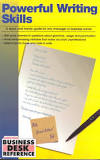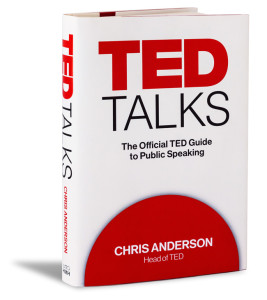People Who Don’t Even Like You Are Reading
 Learning that someone had posted a negative remark about him on social media, WIBC radio talk show host Tony Katz quipped, “People who don’t even like me are listening!”
Learning that someone had posted a negative remark about him on social media, WIBC radio talk show host Tony Katz quipped, “People who don’t even like me are listening!”
Now, there’s an observation we blog content writers would do well to keep in mind. Granted, Katz is “out there” in terms of his content, and you may think your content, by comparison, is tasteful and non-offensive. Truth is, anybody who’s posting content on social media is putting themselves and their business “out there” – (isn’t that the point?).
Online entrepreneur Mike Filsaime coined the moniker “cowboys”, referring to people in online forums who don’t like something you’ve posted and make it a personal mission of theirs to attack you in public forms, negative comments, or blogs.
“As your blog becomes more popular,” writes Yaro Starak in Entrepreneurs-Journey.com, you’ll receive more comments. Some people are going to be negative, argumentative, or not agree with what you’ve written in your blog, Starak warns. There are four possible ways to respond, he says. You could:
- delete the comment
- censor it by deleting parts
- respond in anger
The best course of action, Starak advises, is to use negative comments to demonstrate your own credibility, using a calm, “your-side-of-the-story”, response.
Editor Esther Schindler, writing in Forbes, agrees. Treat the commenter with respect, she advises. Acknowledge the point he makes, then point to the data that led to your differing conclusion. “Always keep the discussion about the subject of the article, not the people.”
In fact, I remind newbie business bloggers, one of the special things about blogs is that they’re available not only for reading, but for acting and interacting. Good blogs invite readers to post comments and encourage them to subscribe to your blog.
Marketing online begins with attracting eyeballs to our content. It’s a good sign, as Tony Katz reminded us through his on-air quip, when people who don’t even like us are reading our blogs!


 Remember the story of Goldilocks and how the little girl tried sitting in each of the Three Bears’ chairs? After rejecting the first two chairs because they were the wrong size, she tries the third: “Ahhh, this chair is just right,” she sighs. That’s exactly the sensation you want your reader to have about your blog post! But, as was the case with Goldilocks, it’s going to take some testing to achieve that result.
Remember the story of Goldilocks and how the little girl tried sitting in each of the Three Bears’ chairs? After rejecting the first two chairs because they were the wrong size, she tries the third: “Ahhh, this chair is just right,” she sighs. That’s exactly the sensation you want your reader to have about your blog post! But, as was the case with Goldilocks, it’s going to take some testing to achieve that result. “To provide an effective talk, you must slash back the range of topics you will cover to a single, connected thread,” cautions
“To provide an effective talk, you must slash back the range of topics you will cover to a single, connected thread,” cautions  How can you jump off a 35-foot ladder onto solid concrete and not hurt yourself?
How can you jump off a 35-foot ladder onto solid concrete and not hurt yourself?
Follow us online!